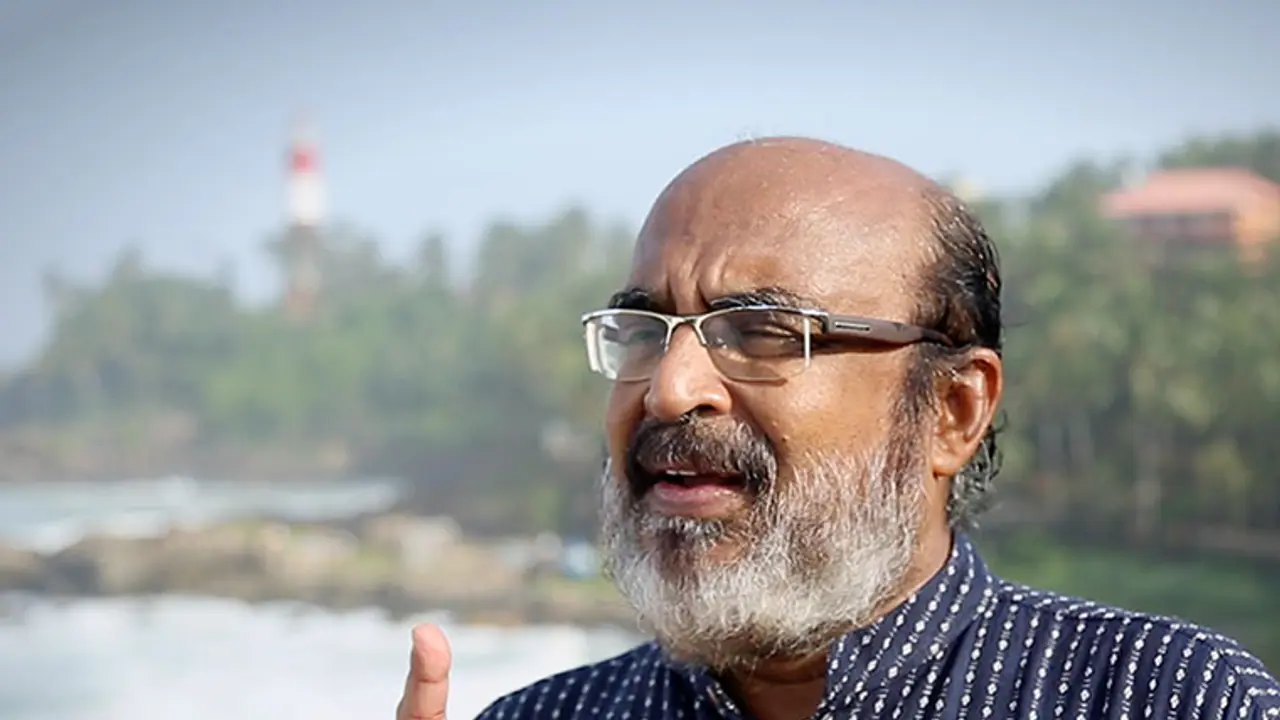7.35 lakh hectares under rubber cultivation in Kerala The revenue from rubber sector fell from ₹14, 643 crores in 2011-12 to ₹7,900 crore in 2014-15 The rising production cost and price slide forced small-scale farmers to stop rubber tapping
Even though Kerala Finance Minister Thomas Isaac announced a package of ₹ 500 crores for rubber price stabilisation, he seems to be doubtful about its results and has indirectly suggested that it is better to cut rubber trees than waiting for the prices to look up. He also proposed a plan to convert unproductive rubber plantations into industrial parks.

The government is ready to acquire rubber plantations by providing proper compensation, Isaac said. The price of rubber is unlikely to improve in the near future. When the rubber market was booming, people started planting rubber even in areas that are not conducive for the crop. Such unproductive plantations have now become a burden for farmers. Such plots could be converted into industrial parks, the minister said.
In the state budget, Isaac had announced setting up of industrial parks on 5,000 acres of land. Even though he suggested conversion of rubber plantations, the minister was quick to add that government remained committed to giving support price for rubber farmers as announced earlier.
The proposal to take over rubber plantations for industrial parks comes in the backdrop of the crisis in the natural rubber cultivation, a major money crop in Kerala.
The rubber farmers are facing huge crisis after the price of natural rubber took a downward spiral after 2012, taking the steam out of Kerala's once-lucrative rubber plantation sector.
The price of rubber rose to ₹ 240 per kg in 2011, while prices of other crops plummeted. The high price of rubber prompted thousands of farmers to switch to it from traditional crops like cashew and coconut. Rubber trees were planted even in areas that are not suitable for the cultivation. Though yield from such plantations was less, farmers got more revenue when compared to other crops, during the heydeys of rubber. However, from 2012 onwards, the rubber prices started falling, and it touched ₹90 per kg in December 2015.
- Price of natural rubber was ₹ 240 per kg in 2011
- It started falling from 2012 and touched ₹90 per kg in December 2015.
- Kerala accounts for over 80% of domestic natural rubber production in the country
- State revenue from the sector fell from ₹ 14, 643 crores in 2011-12 to ₹7,900 crore in 2014-15.
- 12 lakh small scale rubber farmers account for 90% of 7.35 lakh hectares under rubber cultivation in the state.
In Kerala, which accounts for over 80% of domestic natural rubber production in the country, the revenue from the sector fell from ₹ 14, 643 crores in 2011-12 to ₹7,900 crore in 2014-15. There are about 12 lakh rubber farmers with less than ten hectares of holding and they account for 90% of 7.35 lakh hectares under rubber cultivation in the state.
Rising production cost together with price slide forced small-scale cultivators to stop tapping the rubber trees. Even though the government announced a price stabilisation scheme to keep the prices at ₹150, it was not sufficient to save the sector from the crisis.
In this context, the finance minister's suggestion of converting plantations to industrial parks is likely to start a new debate in Kerala. One industrial park could operate on 1000 acres, the minister said.
